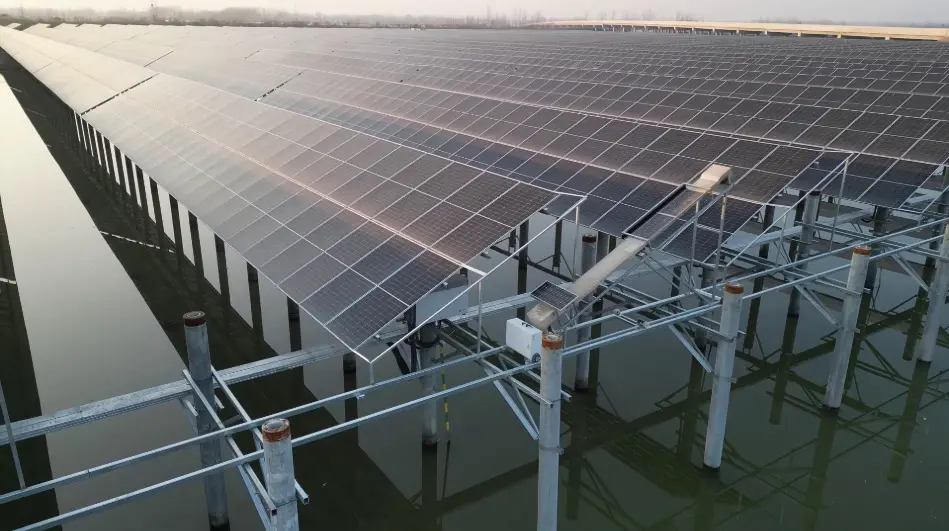Il ciclo di vita di una centrale fotovoltaica è generalmente di circa 25 anni. Essendo installata all'esterno, è soggetta a variazioni dovute al passare del tempo e all'inquinamento ambientale. Per le centrali fotovoltaiche, l'inquinamento da polveri è un fattore importante che influenza la produzione di energia. Non solo riduce la quantità di radiazione luminosa assorbita dai componenti, influendo sull'efficienza del sistema e riducendo la produzione di energia, ma causa anche l'effetto "spot heat", perdite di potenza, compromette la durata dei componenti e comporta rischi per la sicurezza.

Pertanto, nella gestione e manutenzione delle centrali elettriche, la pulizia dei moduli fotovoltaici è particolarmente importante. Attualmente, esistono tre metodi di pulizia comuni: 1. Pulizia manuale, 2. Pulizia semiautomatica delle apparecchiature (manuale + spazzatrice), 3. Pulizia automatica tramite robot. Tuttavia, attualmente, il livello di qualificazione e il prezzo del servizio delle aziende che si occupano della pulizia dei moduli delle centrali fotovoltaiche sono disomogenei, il costo del personale è in continuo aumento e le aziende spesso non riescono a trovare personale, con conseguenti problemi sempre più gravi. Pertanto, i metodi di pulizia manuale e automatica delle apparecchiature scompariranno dal mercato e la gestione e manutenzione delle centrali fotovoltaiche si svilupperà gradualmente verso l'automazione e l'intelligenza. Come uno dei principali strumenti per la gestione e la manutenzione intelligenti, il robot per la pulizia fotovoltaica non solo può risolvere una serie di problemi presenti nella tradizionale pulizia manuale, migliorare la produzione di energia e il reddito, ma anche garantire un buon ritorno sull'investimento, promuovendo efficacemente la gestione e la manutenzione delle centrali elettriche senza l'uso di macchinari artificiali.

Dal 2012, la Cina conduce ricerche sulla tecnologia di pulizia dei moduli, combinando tecnologie straniere avanzate con impianti fotovoltaici nazionali e sviluppando una varietà di tecnologie di pulizia meccanica. Attualmente, il robot per la pulizia dei moduli fotovoltaici prodotto da Todos è in grado di eseguire facilmente la pulizia a fila singola e a fila incrociata, con una velocità di pulizia complessiva superiore a 98%, posizionandosi a pieno titolo come esperto nella pulizia dei pannelli fotovoltaici.